San Diego Watersheds
Protecting San Diego’s Precious Natural Resources
The City of San Diego is home to six major watersheds – land areas that channel rainfall to local waterways and the ocean. Healthy watersheds provide clean drinking water, productive fisheries and outdoor recreation. Watershed conditions heavily influence the health of local waterways because pollutants can wash off from the land to the water and cause substantial harm.
What is a Watershed?
Watersheds are land areas that funnel water to a common low point – usually a stream, lake, river, or out to the ocean. The chart below shows how rainfall flows down from areas of higher elevation following the natural shape of the land.
Find Your Watershed
Watersheds of San Diego
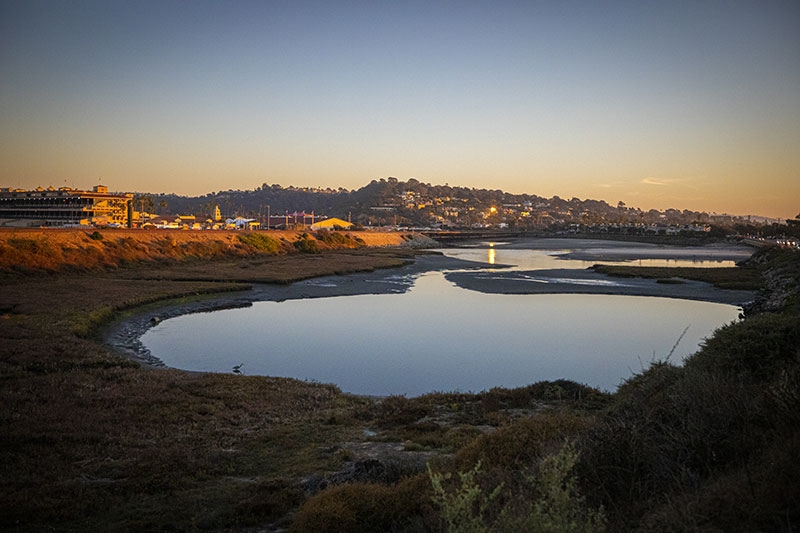
San Dieguito River
This watershed extends from the Volcan Mountains near Julian to the main outlet at the San Dieguito Lagoon and Pacific Ocean. The lagoon is sensitive to pollutants and suffers occasional oxygen depletion due to tidal flushing.
Los Peñasquitos
Covering about 100 square miles, this watershed begins in the foothills east of Highway 67 and funnels rainwater west to the Pacific Ocean. This ecosystem supports diverse fauna and flora that is especially sensitive to pollution.
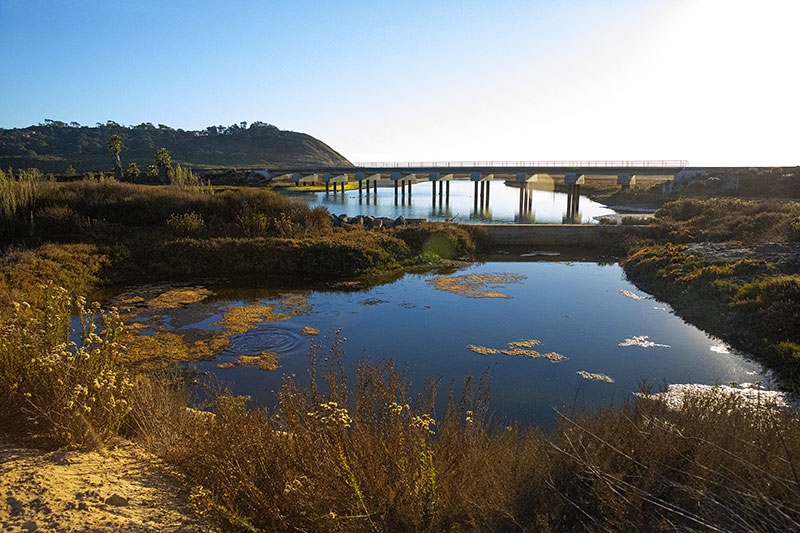
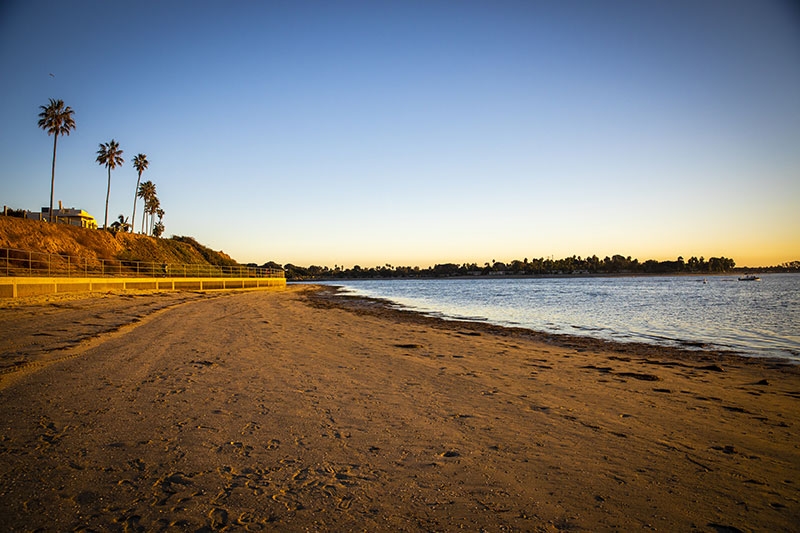
Mission Bay & La Jolla
This watershed drains an area of 67 square miles and contains some of the more intensely urbanized areas of the county, including Clairemont, La Jolla and Pacific Beach. It’s also home to Mission Bay Park – the largest man-made aquatic park in the country.
San Diego River
Starting near Santa Ysabel in east San Diego County, this watershed funnels rainwater west to the El Capitan Reservoir, and through Lakeside, Santee and Mission Valley. Home to Mission Trails Regional Park, which provides habitat for many endangered species.
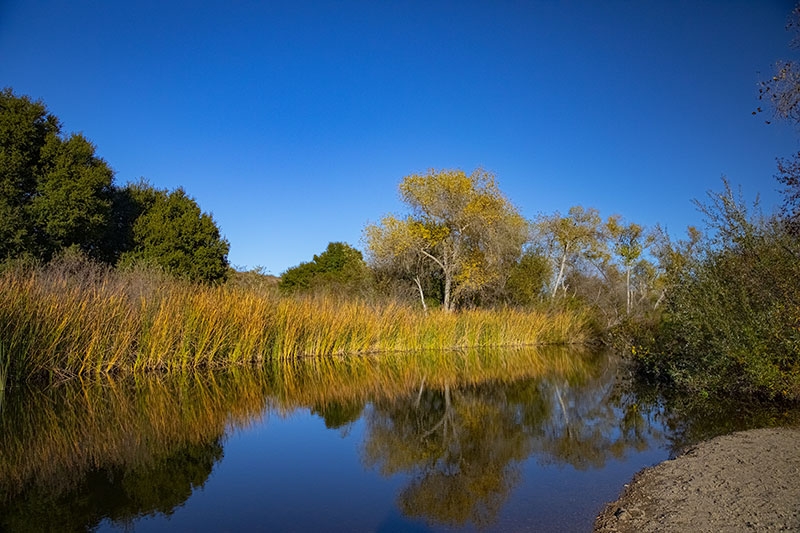
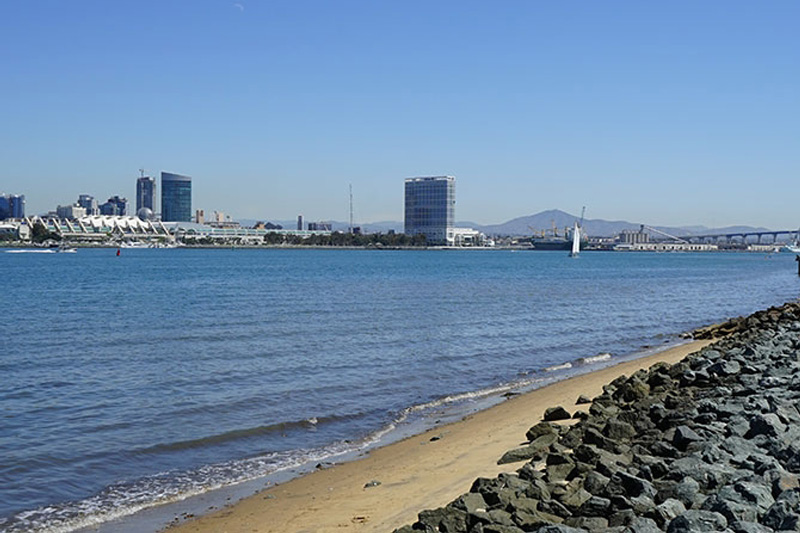
San Diego Bay
This watershed serves a population of about one million and includes eight different cities and unincorporated San Diego County. It also includes four major water supply reservoirs that provide important habitat and recreational opportunities.
Tijuana River
The most severely impacted watershed by pollution in San Diego County with two-thirds of it residing in Mexico. It is classified as an impaired watershed by the State Water Resources Control Board due to water-quality problems.
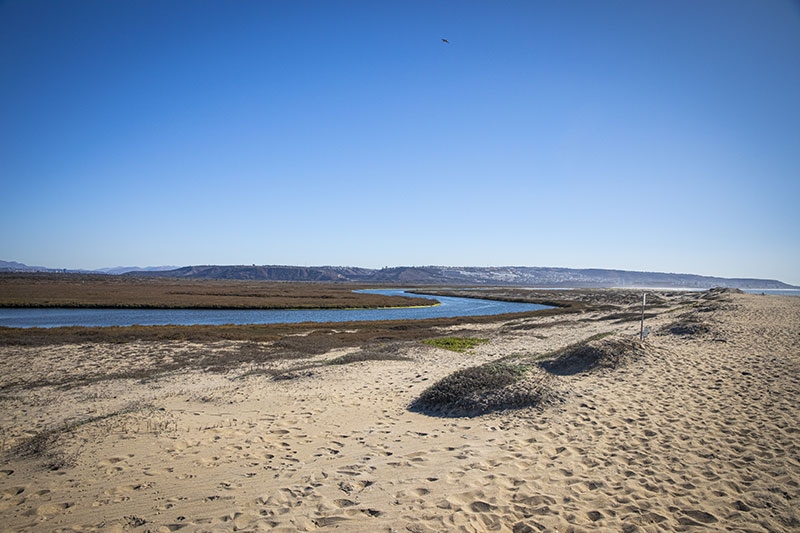
Marine Protected Areas of San Diego
Marine Protected Areas, or MPAs, are protected areas of oceans, lakes or estuaries that preserve sensitive wildlife and habitats. By protecting entire ecosystems rather than focusing on a single species, MPAs are powerful tools for conserving ocean biodiversity and protecting cultural resources, while allowing recreation and research to occur.
Preventing runoff pollution is critical to protecting wetlands and MPAs. Unlike the sanitary sewer system, everything that flows into storm drains is not treated before flowing into our waterways. Runoff pollution harms our rivers, bays, wetlands and the ocean, so it’s up to us to help our waterways thrive.
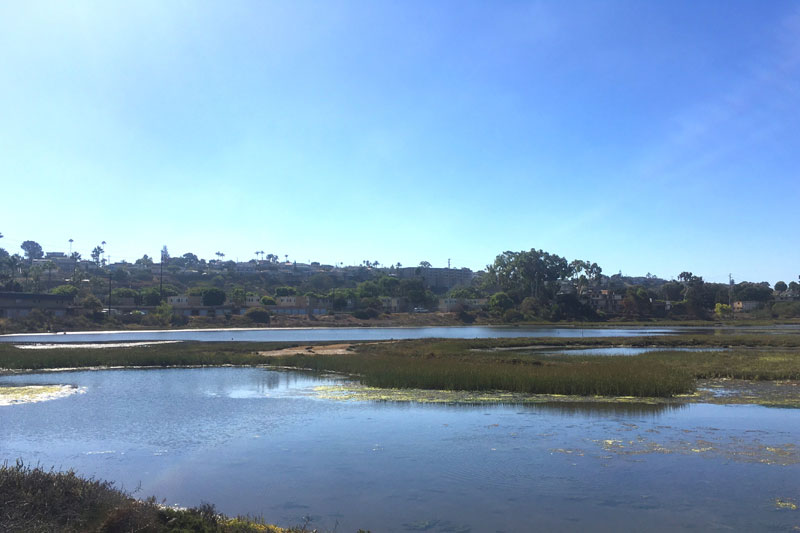
Famosa Slough
Famosa Slough is a 37-acre wetland and MPA in the City of San Diego. It’s an important habitat for diverse species – including the coopers hawk, greater yellow legs waterfowl and longjaw mudsucker fish – and one of the last remaining wetlands in the City of San Diego.